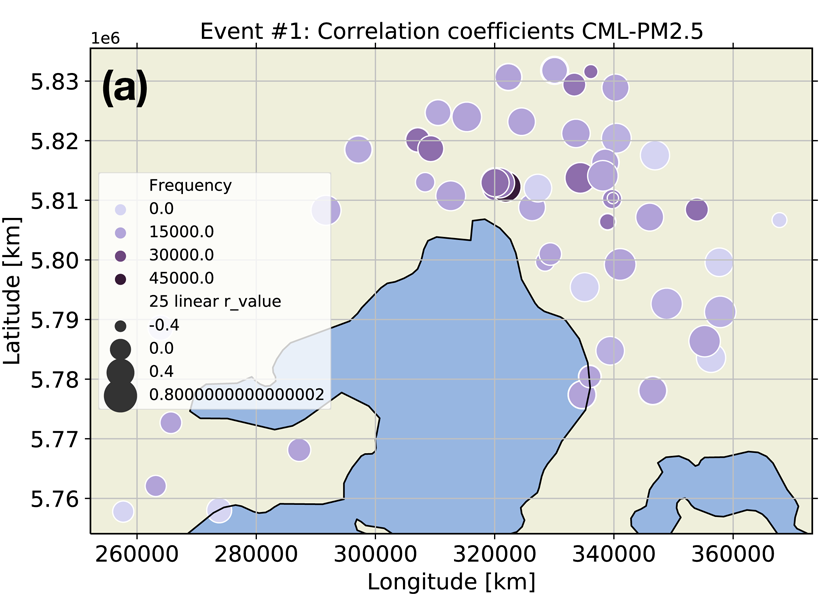Source: AGU Advances
Unprecedented mega wildfires in Australia in January 2020 generated considerable amounts of smoke and subsequent hazardous health conditions in Melbourne and other cities. Due to prohibitive costs of air quality stations, local PM2.5 and PM10 measurements are generally localized, limiting the data extent available from such events. Dry air sitting above the ground acted as a lid, trapping and maintaining high ground-level concentrations of smoke. Shallow planetary boundary layer at night also contributed to elevated concentrations.
These conditions created anomalous propagation conditions for Commercial Microwave Links (CMLs), the backbone of cellular communication networks. Guyot et al. [2021] analyzed the received signal levels of these links and report on the unique signal patterns that were identified and shown to be related to these specific atmospheric conditions and smoke concentrations. These analyses added greatly to available data and suggest that routinely recorded data by telecommunication companies from CMLs be used to predict smoke concentrations at ground level during haze events.
Citation: Guyot, A., Pudashine, J., Uijlenhoet, R., Protat, A., Pauwels, V., Louf, V. & Walker, J. [2021]. Wildfire smoke particulate matter concentration measurements using radio links from cellular communication networks. AGU Advances, 1, e2020AV000258. https://doi.org/10.1029/2020AV000258
—Donald Wuebbles, Editor, AGU Advances
Text © 2021. The authors. CC BY-NC-ND 3.0
Except where otherwise noted, images are subject to copyright. Any reuse without express permission from the copyright owner is prohibited.

